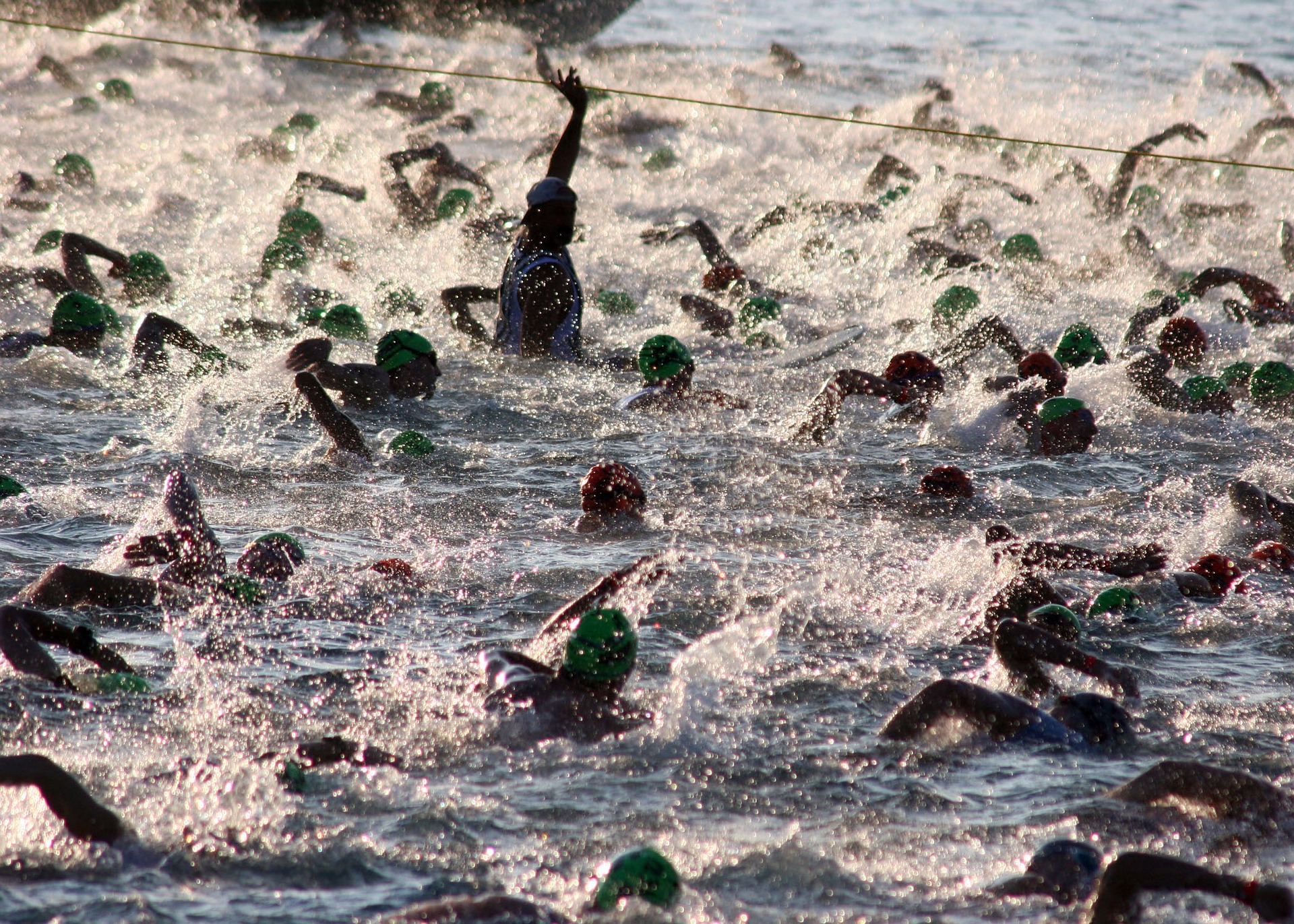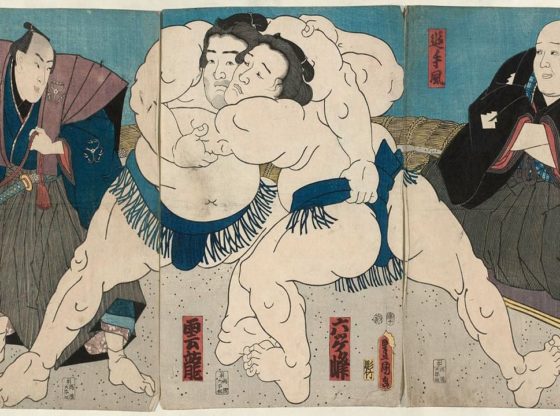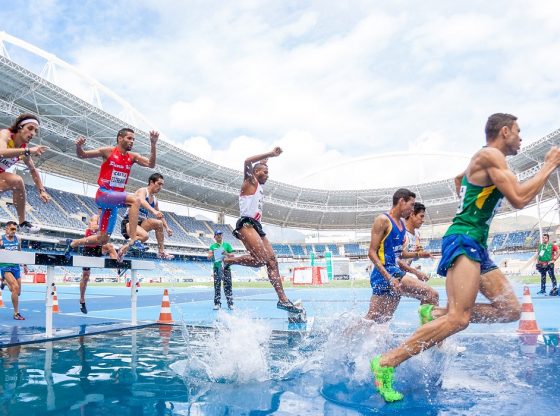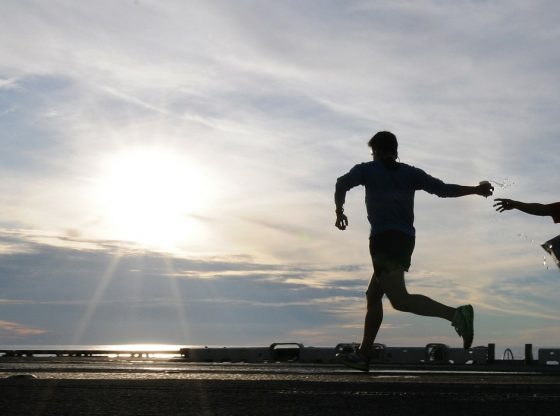Females might be better equipped to handle the physical stress resulting from extreme endurance activities such as Iron Man, according to a new Swedish study

Researchers at the Linnaeus University of Kalmar in Sweden has been found that the female body is more resilient than the male body when coping with stress resulting from extreme endurance such as Iron Man. If it is the estrogen that protects, or if women simply have a better strategy when competing in extreme endurance was the following questions posed by the researchers.
Iron Man/Woman
The researchers examined 15 men and 15 women who carried out an Ironman Triathlon. The competition includes 3.8 kilometers (4.2 miles) of swimming, 180 kilometers (112 miles) of cycling – and then a marathon run of 42 kilometers (26.2 miles) immediately afterward.
The race typically starts at 7:00 a.m and the mandatory marathon cut off is midnight (6 hours 30 minutes). Any participant who manages to complete the triathlon within these timings is designated an Ironman.
The study subjects were evaluated for body composition and blood samples were taken on three occasions, before the race, immediately after and one week after the race.
‘Coca cola urine’
Since exercise involves muscle breakdown, muscles become sore the days afterward giving us a painful reminder. Iron Man puts a lot of strain on the body, the breakdown is extensive and a sign of that is what is commonly referred to as “coca cola urine”, that is, those who participated in ultra-endurance competitions get a brownish urine.
What is medically named ‘rhabdomyolysis’ results from a breakdown of muscle tissue that leads to the release of muscle fiber contents into the blood, with big proteins going through the kidneys and out as urine.
Other signs of breakdown can also be traced in the blood with biomarkers showing skeletal muscle breakdown, renal impairment, liver stress and cardiac muscle degradation.
Women suffered less breakdown
All of these signs of breakdown were seen to increase in all participants involved in the study, but the increase of two of the markers was significantly greater in men than in women.
Being male was a significant predictor of higher post-race (T2) levels of myoglobin, CK, and creatinine levels and body weight was negatively associated with myoglobin.
Although the study is small, the researchers found a clear statistically significant difference between women and men. But it does not explain the cause. One of the researchers’ hypotheses is that the women are better prepared and maybe have a different strategy when they perform the competition.
That perhaps, men push more and harder with a higher intensity, that they tend to overestimate their ability, while on the contrary, women underestimate their ability. The so-called overconfidence effect is a well-known bias more common among men, by which a person’s subjective confidence in his or her judgments is reliably greater than the objective accuracy of those judgments.
The researchers write that future studies are needed to possibly identify other markers that may increase the specificity between true pathology and physiological adaptation. And concludes that in the absence of this knowledge and epidemiological data, the clinical relevance of these acute changes after an Ironman race remains unclear.
The study was published this week in peer-reviewed open access scientific journal Plos One.
Reference:
Tom Danielsson, Jörg Carlsson et al. Blood biomarkers in male and female participants after an Ironman-distance triathlon Published: June 13, 2017https://doi.org/10.1371/journal.pone.0179324











![OpenAI. (2025). ChatGPT [Large language model]. https://chatgpt.com](https://www.illustratedcuriosity.com/files/media/55136/b1b0b614-5b72-486c-901d-ff244549d67a-350x260.webp)
![OpenAI. (2025). ChatGPT [Large language model]. https://chatgpt.com](https://www.illustratedcuriosity.com/files/media/55124/79bc18fa-f616-4951-856f-cc724ad5d497-350x260.webp)
![OpenAI. (2025). ChatGPT [Large language model]. https://chatgpt.com](https://www.illustratedcuriosity.com/files/media/55099/2638a982-b4de-4913-8a1c-1479df352bf3-350x260.webp)








